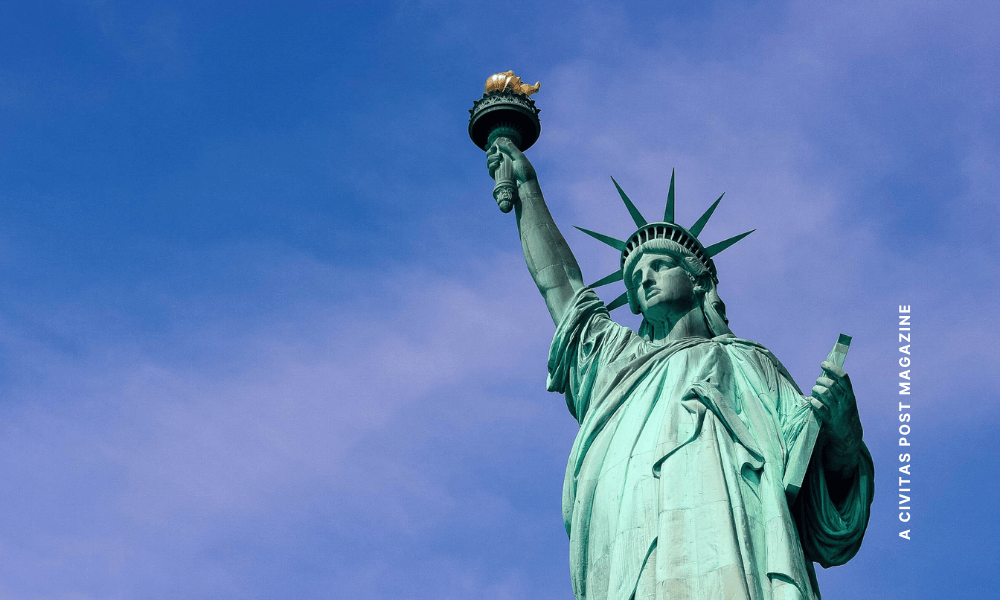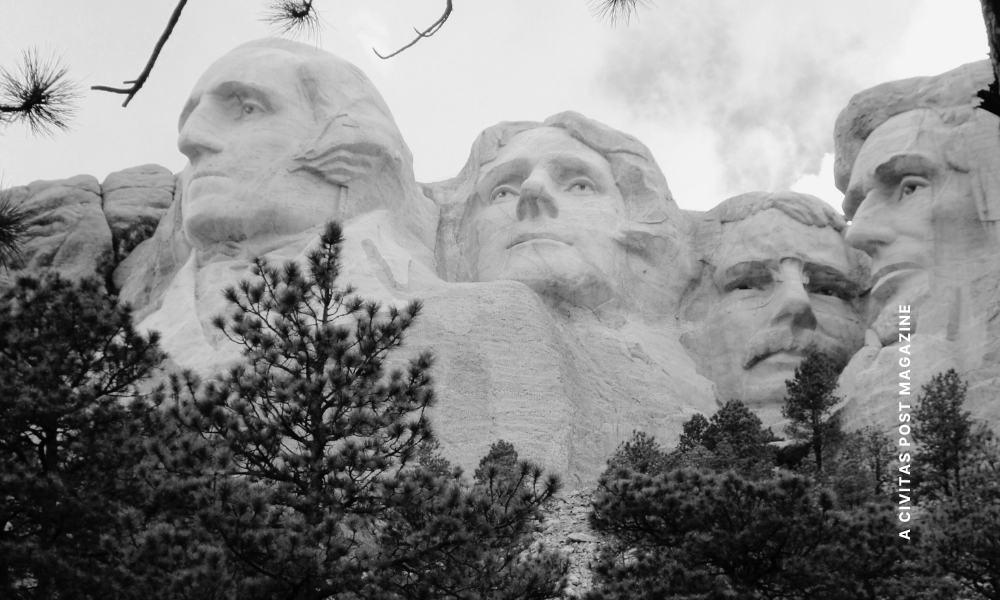The 2025 USA Wealth Report by Henley & Partners confirms the United States is the undisputed leader in global private wealth. Holding a staggering 34% of global liquid wealth and home to 37% of the world’s millionaires, the American financial engine continues to dominate across wealth brackets and sectors.
The scale of American wealth
According the the USA Wealth Report, over 6.1 million Americans hold more than USD 1 million in investable assets. Among them are 9,850 centi-millionaires (those with US$100 million or more) and 788 billionaires. New York City remains the wealthiest city in the world, with 384,500 millionaires, followed closely by the San Francisco Bay Area, which boasts the highest concentration of billionaires (82), propelled by its dominant tech sector.
This concentration of wealth is more than symbolic, it is structural.
America’s wealth dominance reflects a combination of robust equity markets, entrepreneurial culture, legal and property rights protections, and a long-standing openness to innovation. The U.S. stock market’s performance, particularly the S&P 500 and the Nasdaq, has been central to wealth accumulation among high-net-worth individuals (HNWIs), with over half of American centi-millionaires holding their wealth in equities.
Rapidly growing wealth hubs in the US
While New York and California continue to anchor American wealth, new cities have emerged as fast-growing wealth hubs. Scottsdale, Arizona has seen a 125% increase in millionaire population from 2013 to 2023, followed by Austin (110%) and West Palm Beach (105%). These cities reflect shifting demographic and fiscal preferences among wealthy Americans, particularly around tax optimization, cost of living, and quality of life.
Texas and Florida, for instance, offer no state income tax, a business-friendly environment, and a growing tech and real estate ecosystem. These cities are drawing not only wealthy retirees but also young founders, start-up talent, and family offices seeking proximity to next-generation tech and fintech opportunities.
Wealth migration within the U.S. is fuelling growth in elite private schools and concierge healthcare as well as high-end residential enclaves. These emerging wealth hubs across the United States are rapidly evolving to meet the preferences and expectations of a bourgeoning affluent class.
Comparative performance in the USA Wealth Report
The report notes that between 2014 and 2024, the United States experienced a 78% growth in its millionaire population—outpacing China (+74%) and leaving other W10 countries far behind, most of which registered growth rates below 30%. This surge underscores the U.S.’s ability to create not just wealth, but to do so at scale and with longevity. America is not simply holding onto wealth—it is generating new wealth at a record pace.
Key to this success is the U.S.’s dominance in tech innovation, private equity, and venture capital. The country hosts nearly all the world’s top unicorns and continues to be a launchpad for start-ups scaling globally.
What is another factor driving American wealth? Though pandemics, economic crises, and Trump’s TACO trading all create volatility, overall, the US dollar has retained its strength as the global reserve currency, cementing its importance in financial markets.
Read more: The latest development in US taxation – One Big Beautiful Tax Bill
What about economic inequality?

The rapid accumulation of wealth at the top presents growing concentration risks.
Wealth is increasingly controlled by a small segment of the population. According to the USA Wealth Report 2025, the top 1% of Americans now control more than 30% of total household wealth. This fuels systemic inequalities, limiting economic mobility and increasing social tensions.
Moreover, intergenerational wealth transfer is accelerating.
An estimated USD 84 trillion is expected to pass from Baby Boomers to younger generations over the next two decades. While this presents opportunities for new entrepreneurial activity, it also risks entrenching dynastic wealth unless balanced by equitable access to opportunity.
This shift raises important questions for policymakers: how can the United States maintain global leadership while ensuring that wealth creation translates into long-term societal resilience?
Tax reforms, philanthropic incentives, and public investment in education and infrastructure will play crucial roles in shaping the next phase of American prosperity.
Philanthropy and the evolution of Stewardship
An important development shaping the American wealth landscape is the growing emphasis on strategic philanthropy.
In 2025, American donors contributed a record-breaking USD 500 billion to philanthropic initiatives. The difference between now and a few decades back is that philanthropy has shifted away from traditional check-writing towards data-driven, outcome-focused initiatives.
Younger generations, both Millennials and Gen Z are now becoming heirs to a large proportion of global wealth. They are prioritizing philanthropic initiatives that focus on social justice, climate action, public health. Tools such as donor-advised funds, impact investment vehicles, and collaborative grant platforms, are redefining how private capital flows toward the greater public good.
America's lead and the implications for wealth on a global scale
The size and velocity of U.S. wealth accumulation position America as a critical node in the global capital network.
Family offices, sovereign wealth funds, and institutional investors globally remain tethered to American capital markets, real estate, and private equity ecosystems. Despite rising interest in Asian and Middle Eastern markets, the U.S. continues to offer unrivalled liquidity and legal protections.
Yet this dominance is not unchallenged.
Rising geopolitical tensions, domestic political polarization, and regulatory uncertainty could undermine investor confidence. While America is still the best place to build and grow wealth, the USA Wealth Report 2025 shows that diversification, whether jurisdictional or fiscal is becoming mandatory.
There is also increasing interest in integrating sustainability into wealth strategies.
American HNWIs are beginning to align their capital with ESG considerations and impact investing opportunities, both domestically and overseas. This signals a maturation in wealth stewardship and a recognition that capital must now balance return with resilience.
According to the USA Wealth Report, what lies ahead?
As we look to the second half of this decade, America remains the epicentre of liquid wealth.
Its role though is rapidly evolving, rather than a one-way magnet for global capital, it is now both a source and a destination in the multipolar world of wealth migration. America’s ability to adapt through policy, innovation, and infrastructure will determine whether it can maintain its competitive edge.
What’s clear from the USA Wealth Report 2025 report is that for for global investors and policy analysts, the U.S. wealth landscape offers two truths:
It is the world’s most fertile ground for wealth to be generated. If the next decade is about balancing growth with governance, the United States will won’t just be a proving ground. It will be the benchmark for how advanced economies evolve in a new era of capital mobility.








